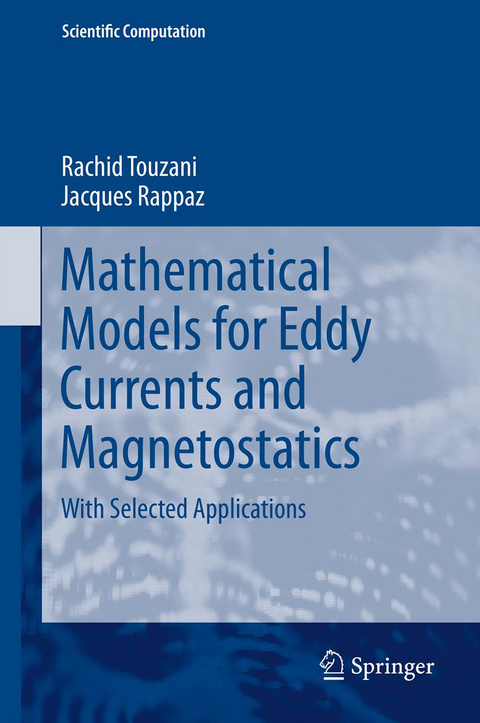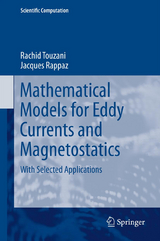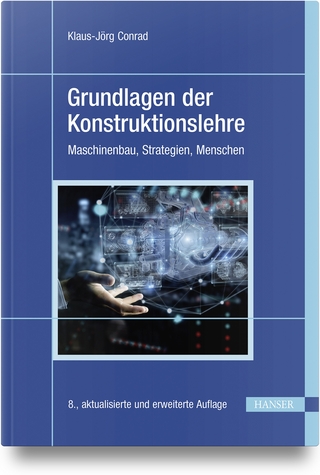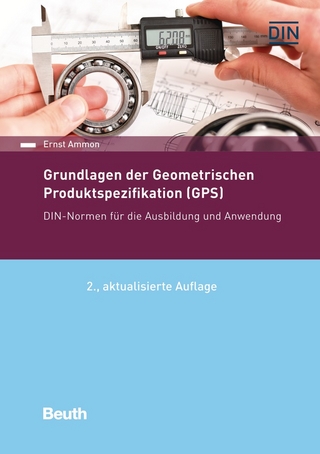Mathematical Models for Eddy Currents and Magnetostatics
Prof. Jaquez Rappaz is a professor of mathematics at the Chair of Numerical Analysis and simulation, Institute of Analysis and Scientific Computing EPFL in Lausanne, Switzerland. His list of publications including about 100 journal and proceedings papers mainly features contributions to journals related on applied mathematical modeling, numerical analysis (e.g. ZAMM, Numerische Mathematik) and computational physics. Prof. Rachid Touzani is a professor of Applied Mathematics at the Polytech' Clermont-Ferrand - Universite Blaise Pascal, Aubiere, France. His expertise are the topics of magneto-hydrodynamics including liquid metal flow, free boundary problems, and induction heating and models with thin inductors (according to his webpage http://math.univ-bpclermont.fr/~touzani/) which make up the "application" chapters 8 to 12 in the book draft under consideration.
Part I Eddy Current Models.- Mathematical framework.- Introduction.- Preliminaries.- The Three-Dimensional Case.- The Two-Dimensional Case.- Maxwell and eddy current equations.- Introduction.- Maxwell equations.- Low frequency approximation.- Static cases.- Time{Harmonic Regime.- Eddy Current Equations.- Two-dimensional models.- Introduction.- A solenoidal two-dimensional model.- A transversal model.- Three-dimensional models.- A current density formulation.- A magnetic field formulation.- An electric field model.- Axisymmetric models.- Axisymmetric setting.- A magnetic field model.- A scalar potential model.- Eddy current models with thin inductors.- The two-dimensional solenoidal model.- The two-dimensional transversal model.- Three-dimensional models.- Numerical Methods.- Introduction and main notations.- Standard (H1) finite element method.- A finite element method for the 2-D solenoidal model.- Finite elements for the axisymmetric model.- Finite elements in H(curl){spaces.- Finite elements in H(div){spaces.- The boundary element method for boundary integral equations.- Approximation of a domain integral equation.- Coupled finite element/boundary element methods.- Part II Selected Applications.- Induction Heating Processes.- A mathematical model.- Bibliographical comments.- A 2-D stationary problem.- A 2-D time dependent problem.- Numerical experiments.- An optimal control problem.- Magnetohydrodynamics and Magnetic Shaping.- Incompressible Magnetohydrodynamics.- Eddy current free boundary problems.- An Electromagnetic Casting problem.- Inductively coupled plasma torches.- The model.- Numerical approximation.- A numerical simulation.- Ferromagnetic Shielding.- Mathematical analysis.- An iterative procedure.- Solution of the linear problem by a domain decomposition method.- An iterative procedure for the discrete nonlinear problem.- Numerical results.- The electrolytic process for aluminium production.-Introduction.- The model.- Numerical approximation.- Numerical results.- Mathematical Symbols.- References.- Index
| Erscheint lt. Verlag | 15.10.2013 |
|---|---|
| Reihe/Serie | Scientific Computation |
| Zusatzinfo | 31 Illustrations, color; 11 Illustrations, black and white; XII, 305 p. 42 illus., 31 illus. in color. |
| Verlagsort | Dordrecht |
| Sprache | englisch |
| Maße | 155 x 235 mm |
| Themenwelt | Informatik ► Weitere Themen ► CAD-Programme |
| Mathematik / Informatik ► Mathematik ► Analysis | |
| Mathematik / Informatik ► Mathematik ► Angewandte Mathematik | |
| Naturwissenschaften ► Physik / Astronomie ► Elektrodynamik | |
| ISBN-10 | 94-007-0201-9 / 9400702019 |
| ISBN-13 | 978-94-007-0201-1 / 9789400702011 |
| Zustand | Neuware |
| Haben Sie eine Frage zum Produkt? |
aus dem Bereich




